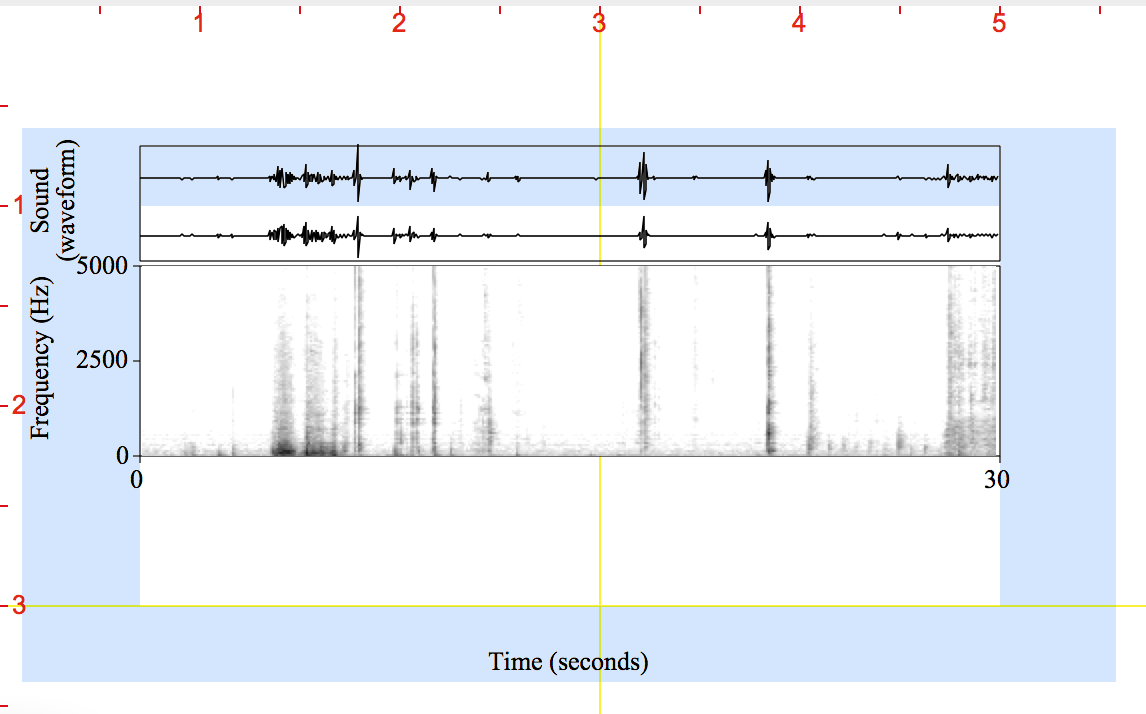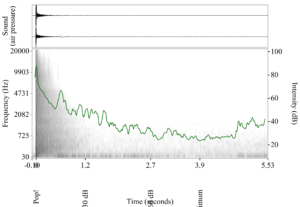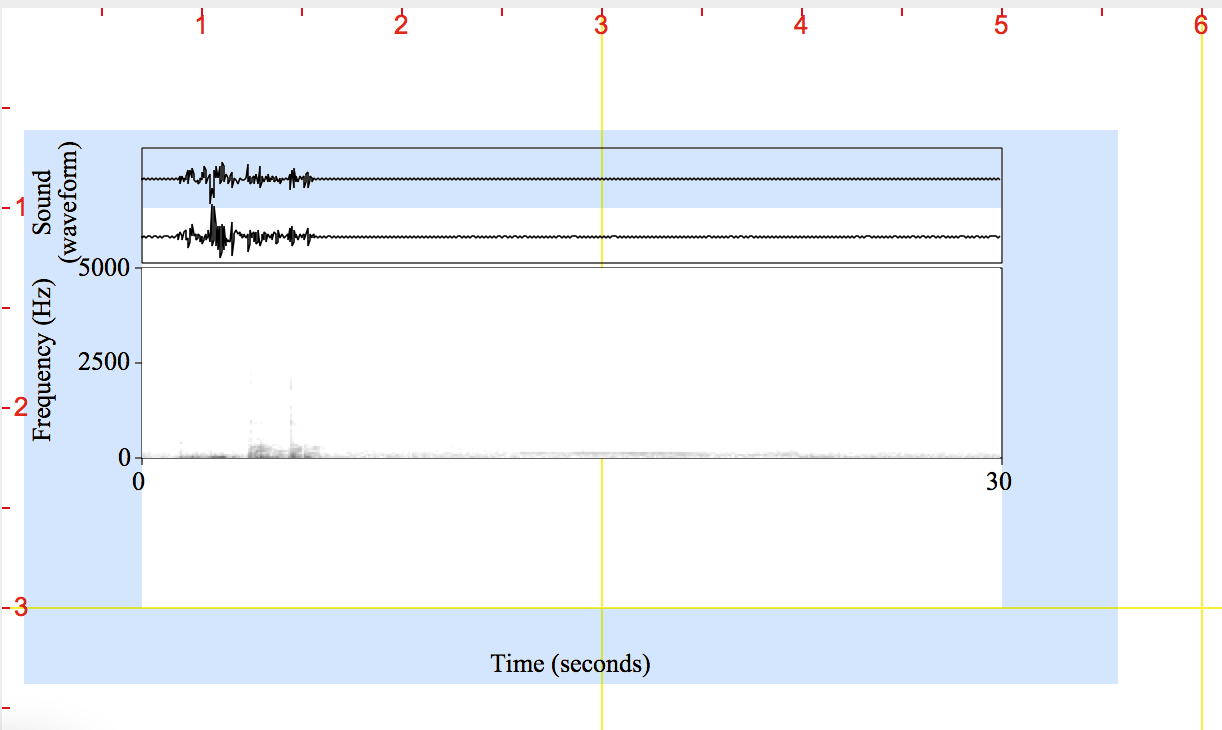
Loading map...

Location: Studio 47 office, basement of Clark V at Pomona
Recording setup: I placed the TASCAM recorder on my office desk, which is a few feet away from where I was adjusting equipment. Note: there is some interference occurring because I had to increase the volume on the recorder to capture the quieter sounds.
About this soundscape: For this recording, I chose a place I am very familiar with: the Studio 47 office space. I work there from 7-10 PM on Monday nights, renting out equipment and answering students’ questions about film and TV production at the Claremont colleges. The office is located in the basement of Clark V. The room is roughly 50 x 30 feet, and is carpeted with high vaulted ceilings. I chose this space to highlight the solitude of a campus workspace. My job is fairly boring because we don’t get many visitors, so most of it involves checking equipment, answering emails, and tidying up the space by myself.
Keynotes: The only sounds you hear are various combinations of the jangling of keys, unlocking of cabinets, clicking of equipment boxes, and clicking of my keyboard. However, I thought it would be interesting to really listen to these individual sounds, which I take for granted every day. Listening to them in isolation made me appreciate their unique nature. For example, the click of our plastic camera box closing was very soothing, while the rusty metal cabinet where we keep our equipment was unnerving. I also noticed that the farther away the sounds were, the more echoey they seemed, while sounds closer to the recorder were much “brighter” and decayed faster. For example, opening the cabinet, which is about ten feet away from the recorder, had a greater impact than me opening the desk drawer right next to the recorder. As you can see from the intensity graph, the sound is generally very quiet with the occasional spike in activity, and that the sounds do not last for very long.
Archetypes and Signals: While I am very familiar with these sounds, I understand that someone not familiar with this space might still be able to guess what they are because they are fairly generic. However, I thought it would be an interesting comparison for other students who have on-campus jobs, or who have ever been a quiet work environment.

